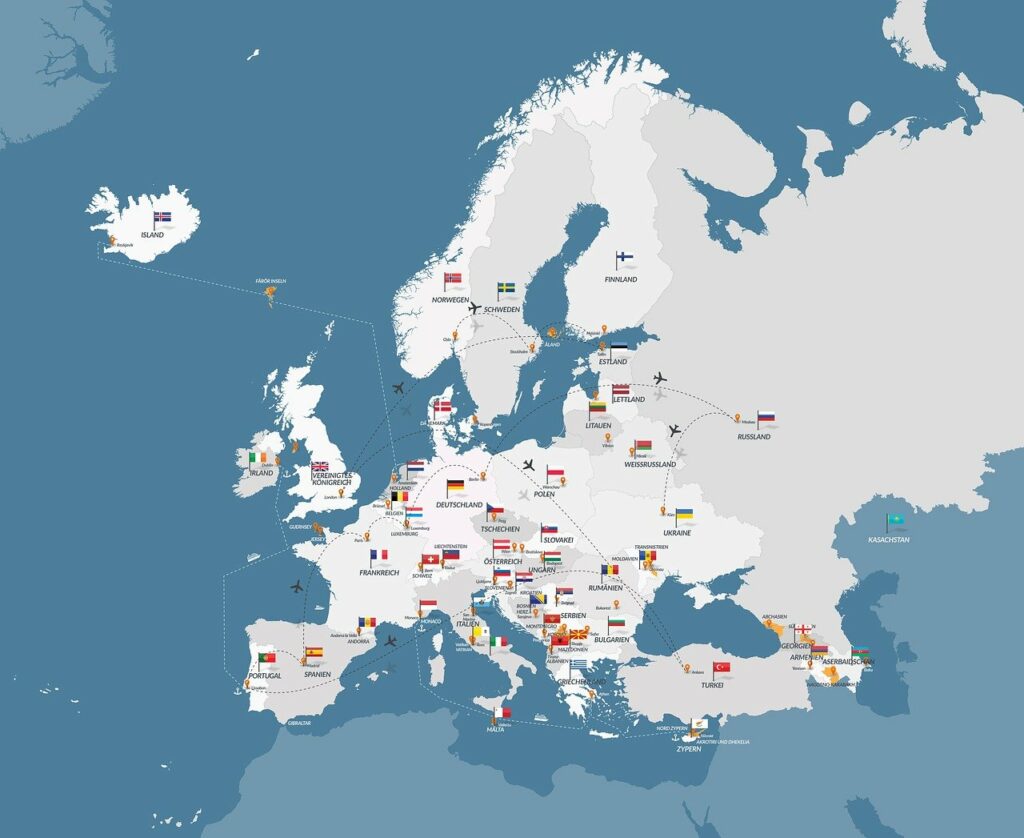Europe’s ambition to become a global hub for energy storage system (ESS) manufacturing is facing a sobering reality check. As the Clean Energy Associates’ (CEA) Q2 2025 ESS Supply, Technology, and Policy Report outlines, while new policy frameworks like the EU’s Clean Industrial Deal State Aid Framework (CIDSAF) are designed to accelerate domestic energy storage production, a wave of cancelled or delayed projects suggests that economic headwinds and global supply pressures are undermining Europe’s manufacturing vision.
CIDSAF, adopted by the European Commission in June 2025, marks a significant shift in industrial support policy, offering both CAPEX and OPEX subsidies for clean technology manufacturers—including ESS. Among the notable changes are temporary electricity price reductions and explicit encouragement of energy storage deployment. While this framework offers long-term promise, its efficacy remains to be tested against the scale and speed of the U.S. Inflation Reduction Act (IRA) or India’s Production Linked Incentive (PLI) scheme.
Despite this policy tailwind, questions remain around implementation speed and investor confidence. In 2024 and early 2025, Germany and France awarded over €950 million in battery manufacturing subsidies, yet the market still awaits evidence of tangible project deployment from these funds.
Perhaps the most troubling indicator is the contraction in planned ESS cell manufacturing capacity. So far in 2025, around 21 GWh of U.S.-linked capacity slated for 2028 has been cancelled, including the full withdrawal of KORE Power and FREYR, and delays across projects from Gotion, ONE, and Microvast. Europe has seen its own setbacks. Swedish battery champion Northvolt, once held up as the EU’s answer to Asia’s dominance, filed for bankruptcy in March and shuttered its only operational plant by June. CustomCells in Germany followed with insolvency filings.
These failures are not isolated—they highlight the fragility of the regional supply chain. In Europe, 78% of the planned 999 GWh capacity for 2028 is still expected to come from Chinese suppliers, with Korean firms capturing another significant portion. This continued reliance on non-European manufacturing leaves the bloc vulnerable to global trade dynamics and undercuts strategic autonomy.
Trade Wars Intensify Global Supply Shifts
The U.S. has raised the stakes in the global battery trade war. A suite of new tariffs under the International Emergency Economic Powers Act (IEEPA) and Section 301 will see BESS product tariffs from China jump to as high as 50% by January 2026. While these moves aim to onshore supply, they have also triggered a wave of supply chain recalibration.
Southeast Asia, particularly countries like Vietnam, Malaysia, and Thailand, is emerging as the preferred offshore manufacturing base. Although current capacity in these regions is EV-focused, ESS expansion is expected to follow solar’s trajectory, with policy and cost dynamics driving the shift. Southeast Asia now offers the least-cost solution for U.S. and European buyers seeking to circumvent direct China exposure.
The report also evaluates the strategic role of non-lithium storage technologies in light of these trade disruptions. Iron-air and vanadium redox flow batteries (VRFB) are gaining momentum, with Form Energy ramping up in the U.S. and multiple assembly sites announced in South Korea, the UK, and Australia. While these technologies offer longer-duration storage and potential tariff hedging, they remain in early commercial or pilot phases, with deployment limited by cost, standardization, and ecosystem maturity.
CEA’s technical analysis also flags persistent safety concerns in battery manufacturing. Best practices—such as compartmented factory layouts, designated fire water run-off zones, and lithium-specific suppression tools—are not yet industry norms. As thermal event risk remains inherent to lithium-ion systems, especially during production and testing, underprepared facilities represent a liability both for insurers and investors.
With CIDSAF in play, Europe is making progress toward building a competitive domestic ESS industry, but the numbers suggest it’s not yet enough. Continued dependence on Chinese capacity, high-profile bankruptcies, and nascent alternative chemistries all underscore a sector still searching for stable footing.
Stay updated on the latest in energy! Follow us on LinkedIn, Facebook, and X for real-time news and insights. Don’t miss out on exclusive interviews and webinars—subscribe to our YouTube channel today! Join our community and be part of the conversation shaping the future of energy.
